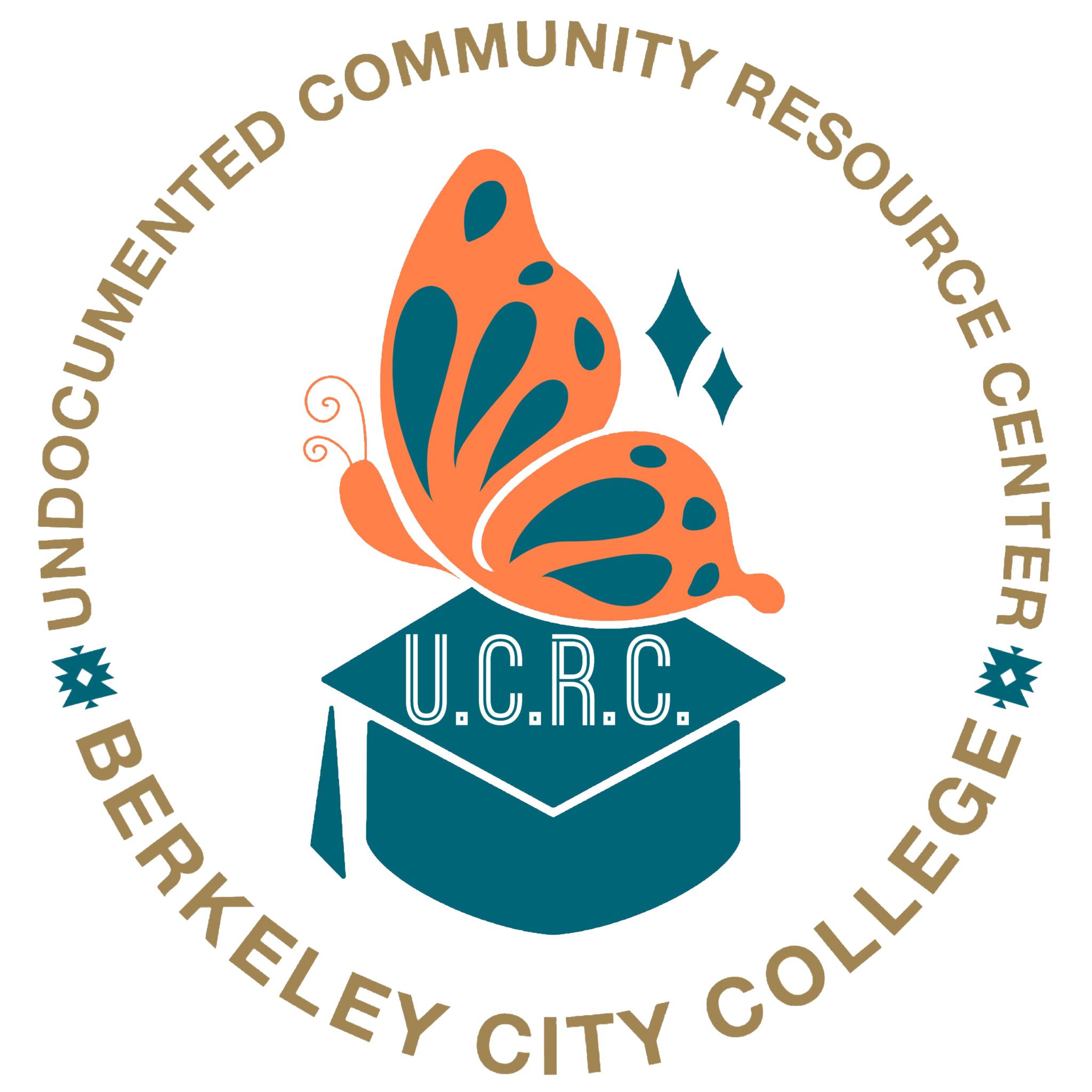California Dream Act
The California Dream Act allows some undocumented students to apply for and receive state-based financial aid and institutional scholarships. Passing the California Dream Act symbolizes a milestone victory for undocumented students and allies in California who organized and advocated for increased access to college. This represents a critical investment in undocumented students and in the future of California.
The types of aid included in the CA Dream Act are: Cal Grants, UC Grants, State University Grants, California College Promise Grant and EOP or EOPS grants. It also includes the Middle-Class Scholarships and school-specific scholarships. The CA Dream Act can also give you access to Dream Loans at the CSU or UC, even if you are undocumented.
Who Can Apply for the California Dream Act?
Undocumented Students must meet the eligibility criteria for AB 540, AB 2000, SB 68 or U-Visa holders to apply for and receive California state financial aid. The California Dream Act allows students to receive state and institutional grants if they meet income guidelines, apply by the priority deadlines, and complete all necessary paperwork on-time.
The state government has published official eligibility documentation. Please visit their FAQ document here or visit their website at dream.csac.ca.gov
Steps for Dream Act Application:
Para Informacion sobre el AB540 y el Dream Act en Español Presiona Aqui
California Dream Act Application Overview
Please find below a high-level overview of the steps you can take to complete the CA Dream Act application. Immigrants Rising also provides a California Dream Act Map and a checklist to help applicants. A full list of steps is found at Immigrants Rising’s CA Dream Act Overview.
Steps to Apply
PHASE 1: Apply for the California Dream Act. October 1 – March 2
Remember that applying for the California Dream Act it is only the first step to apply for the institutional and state financial aid at the CCC, CSU or UC. Complete this checklist in order to be considered for all state financial aid, including the Cal Grant and Middle Class Scholarship.
PHASE 2: Apply for Cal Grant. October 1 – March 2
Applying for the California Dream Act as a high school senior or transfer student is the only opportunity AB 540 and undocumented students have to receive the Cal Grant. This checklist helps students identify the necessary steps to apply for the Cal Grant.
PHASE 3: Claim Your Financial Aid. March – May
After you submit your CA Dream Act application, a percentage of students will be required to complete income verification. You must answer all questions, which usually include household size, assets, information for tax filers and non-tax filers as well as specific requirements for dependent or independent students.
PHASE 4: Use Your Financial Aid. May – September
Men who are between the age of 18 and 25 years old, even undocumented individuals, must register for the selective service so your CA Dream Act aid is not put on hold. Register early and show proof of registration to your school to ensure you receive state financial aid.
The types of financial aid undocumented students can apply for depends on their residency status. The California Dream Act, which requires students to meet AB 540/ SB 68 eligibility, increases the options of state financial aid.
T-visa holders
As for T-visa holders they still apply for the AB 540 but instead of doing the Dream Act you will fill out the FASFA Form
Para Informacion sobre FASFA en Español Presiona Aqui
AB 540
California Nonresident Tuition Exemption commonly known as AB 540, exempts certain students from paying nonresident tuition (higher than resident tuition) and/or allows them to apply and receive state aid at certain California public and private colleges. Here is the form.
What is the eligibility criteria for AB 540?
To be eligible for AB 540 you must be:
- Have an immigration status such as : being undocumented, DACA recipient, T and U visa holders, U.S. citizen, and lawfully present Immigrants
- Have attended a total of 3 or more years of full time attendance of High school, Adult school, and California community college (non-credit or credit courses due to passage of SB 1141) or a combination of all of these.
- Completion of course of study such as: graduation form high school or equivalent (diploma, certificate of completion, GED, HiSet, or TASC)
i. Attained an associate degree from California Community College
- Fulfillment of minimum transfer requirements established for the university of California or California state university for students transferring form California community college
- Fill out the Non-Resident Exemption request affidavit (AB 540 Affidavit) Stating that the student has filed an application to legalize the student’s immigration status. Or will file an application as soon as they become eligible. The AB 540 affidavit should be submitted to each college they wish to attend and have it approved by the appropriate department.
What immigration statuses are eligible for a non resident tuition exemption in California through AB 540?
- Undocumented of out-of-status
- DACA recipients
- T visa Holders
- U visa Holders
- (TPS) Temporary Protected Status
- (VAWA) Violence Against Women act
- Refugees
- Asylees
- U.S. Citizens, (LPR) Legal Permanent Residents, and other lawfully present immigrants in the United States
- Special Immigration Juvenile
- Other as identified in the Education code
Which Immigration status are NOT eligible for in-state tuition through AB 540 in California?
- International students (e.g. Those studying on a J or F visa)
- All “non-immigrant” visa holders not listed in the last slide
- Others as identified in the Education code.
What is a non immigrant visa?
A NIV (nonimmigrant visa) is a temporary visa given for the purpose of tourism, business, work, study, medical treatment, or humanitarian protection. While Immigrant visas are issued to foreign nations who intend to live permanently in the united states.
If one overstays their visa and does not depart the U.S. on time assuming no other immigration protections, the Individual becomes undocumented.
Chart Overview

 Canvas
Canvas
 Donate
Donate
 Let's Talk!
Let's Talk!

